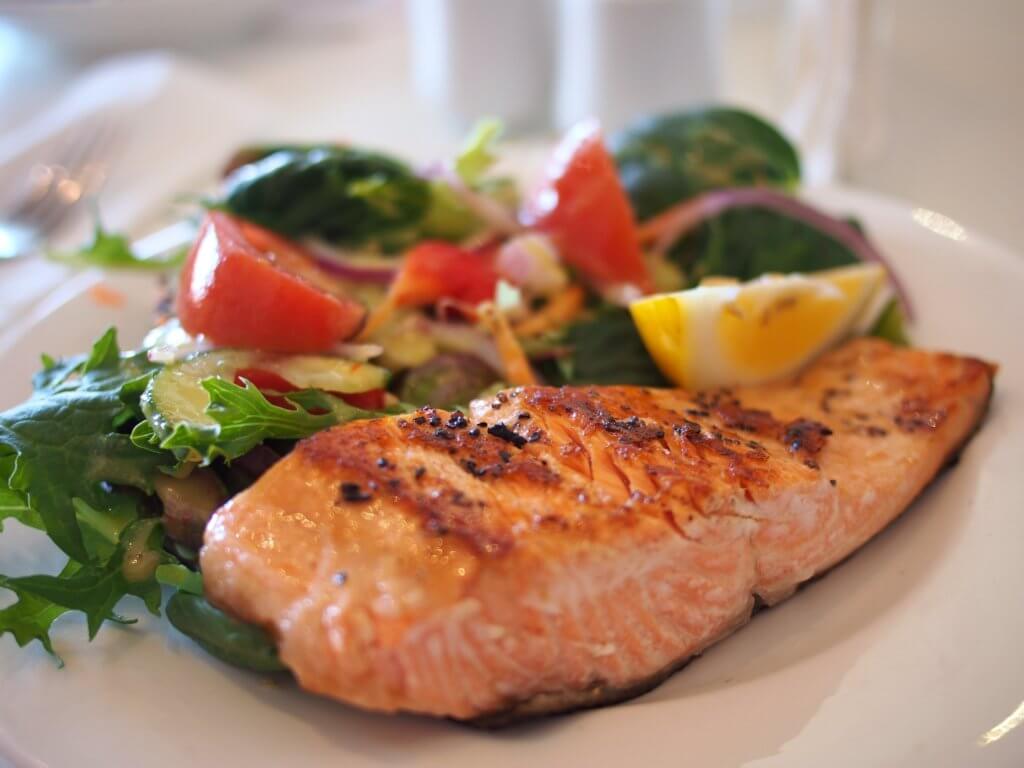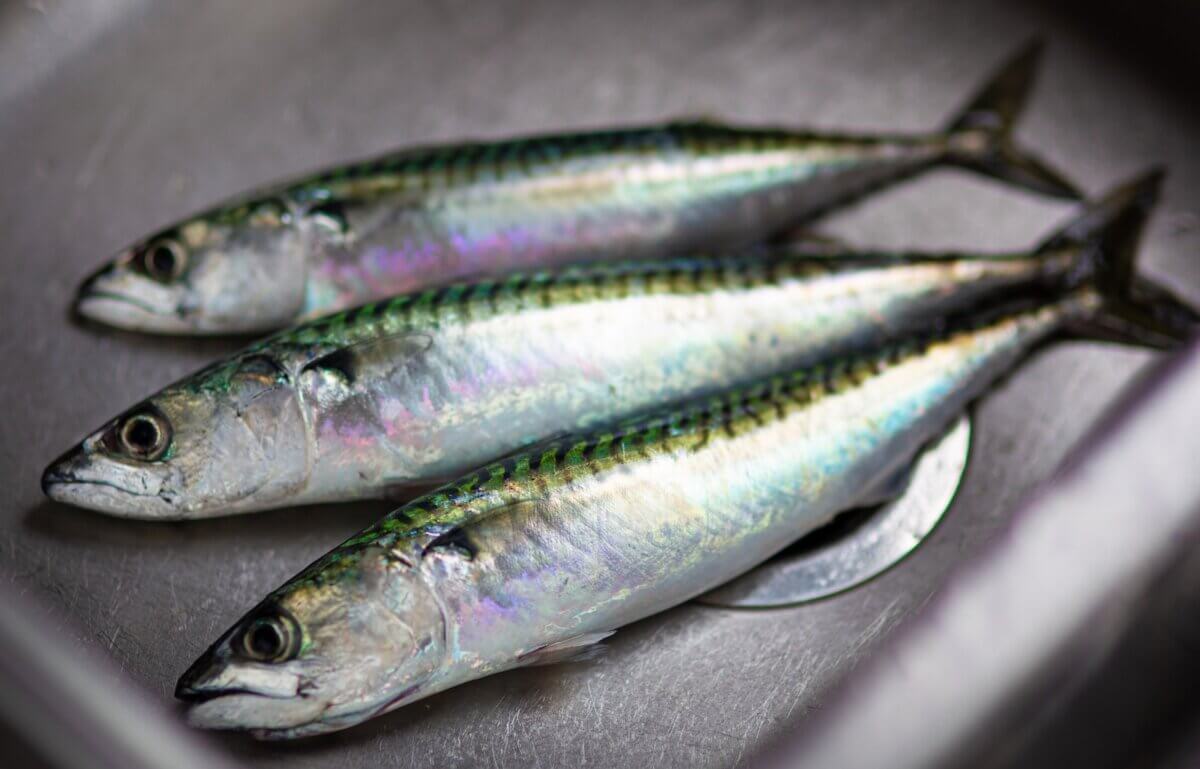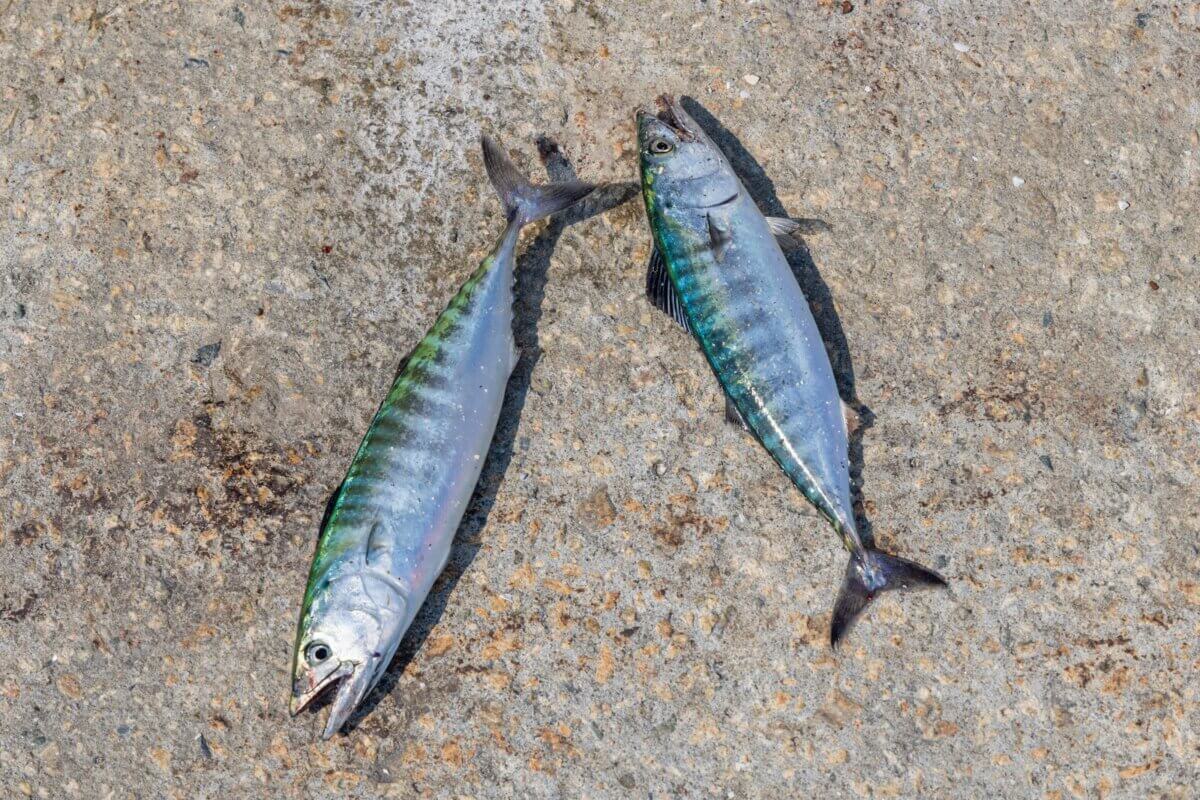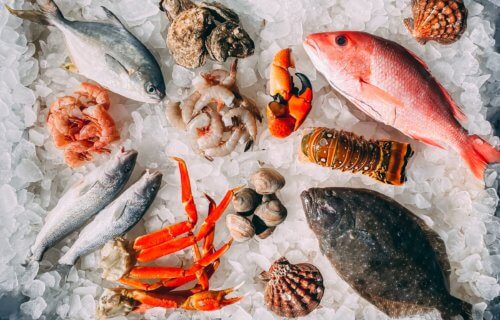There are cilantro lovers, and then there are people who find it repulsive and say it tastes like soap. Likewise, there are fish lovers and people who just aren’t into fish. If you’re one of those people who avoid seafood at all costs, it’s worth exploring what aquatic menu items you can tolerate because, more often than not, whatever you choose will be packed with nutrients like heart-healthy omega-3 fats, vitamins D and B2, calcium, iron, zinc, magnesium, and even potassium.
While some may not like the taste of seafood, others might choose not to eat it out of concern for its potential mercury content. This is a valid concern, as exposure to the neurotoxin can be harmful, especially for pregnant women and children. There are ways to limit your exposure, however, since not every fish will have the same amount. Generally, large fish at the top of the food chain that eat smaller fish and live longer lives tend to have much more accumulated mercury. Fish that are raised unsustainably also tend to contain more mercury. Shark, swordfish, bigeye tuna, king mackerel, and marlin are all examples of ones to avoid. Salmon, shrimp, anchovies, and scallops are much lower in mercury content and safer to consume.
Some of the healthiest foods on the planet live in the ocean, so choosing what you enjoy and also what is safe for regular consumption will be key. If you’re feeling a bit more inspired now, here are the top three choices in consider adding to your menu:
1. Salmon
I’m sure this was surprising to everyone! It’s not like salmon is the most popular go-to fish across the whole world or anything.
On a more serious note, salmon takes the cake not only for its versatility and ability to take on any flavor introduced to it, but for the array of health benefits. Typically, you’ll find Atlantic salmon on most people’s plates in the United States. These salmon are farm-raised, meaning that these fish will typically be much more fatty than wild-caught salmon eating a diet from their natural habitat. While there are many reasons why someone would choose to opt for wild-caught Sockeye or Coho salmon versus Atlantic options, such as sustainability concerns and unsafe contaminants, it is good to know that both options contain low levels of mercury and high amounts of protective omega-3 fats.
Another important thing to consider is that salmon is particularly high in selenium, which is a nutrient involved in DNA synthesis, thyroid health, and reproductive health. Interestingly, selenium is even able to counteract the toxic effects of mercury. Salmon is also a great source of vitamin B12, which regulates the central nervous system and red blood cell production.

2. Sardines
Going from a crowd pleaser to sardines might seem a little jarring, but they truly are nutrient powerhouses and their small size makes them perfect for the mercury-concerned. These conveniently-packaged fish are super packed with protein (3 ounces contains about 18 grams), and don’t even require cooking. For many, the flavor takes some getting used to, but they’re worth a try if you haven’t yet!
In a four-ounce serving, they can contain up to 1.8 grams of omega-3 fatty acids. Also, since the fish tend to be packed with bones, they are uniquely high in calcium. Even better, the bones are so tiny that you honestly can’t even tell that you’re eating them. They are additionally high in selenium like salmon and are one of the most sustainable fish to consume.
If you’re struggling to find ways to make them palatable, I love preparing them these ways:
- Grilled with lemon and salt on crusty bread
- Throwing them into salads with a lot of flavors in them
- Adding them to pasta dishes

3. Mackerel
As stated above, king mackerel can have a lot of mercury, so opting for smaller varieties is best. Mackerel are oily and meaty, making them a tasty way to get in lots of omega-3 fats as well (around 4,500 mg in a 3.5 ounce serving). Like sardines, they require really minimal preparation and yet are packed with lots of selenium and B12.
The kinds to choose are Atlantic and Atka mackerel and throwing them onto the grill or in salads really bring them to life. Some countries in the Mediterranean even like to soak in olive oil with herbs, garlic, bell pepper, etc to bring out the flavor even more. In fact, some people recommend trying mackerel first if you’re one of the people averse to eating any sort of canned fish.

While seafood is an excellent choice for health reasons, it’s important to be aware of what to look for when you’re shopping in order to make sustainable and low-mercury choices. The food options are on millions of plates around the world for good reason, and hopefully they make it to yours more often!
You might also be interested in:
- Best Fast Food Fish Sandwiches: Top 5 Drive-Thru Bites Most Recommended By Experts
- Best Ways To Cook Salmon: Top 5 Methods, According To Culinary Experts
- Healthiest Fish: Top 5 Most Nutritious Catches Recommended By Health Experts


Great article, especially like the suggestions on how to prepare mackerels and sardines. I’m looking forward to reading some of you other articles on healthy eating